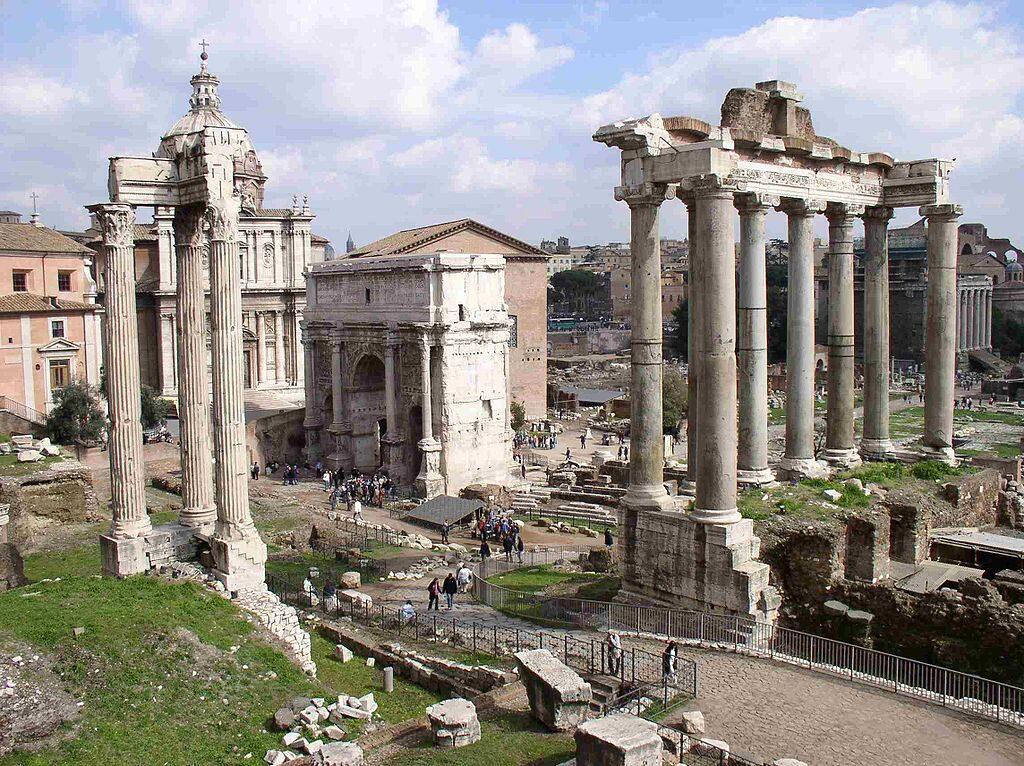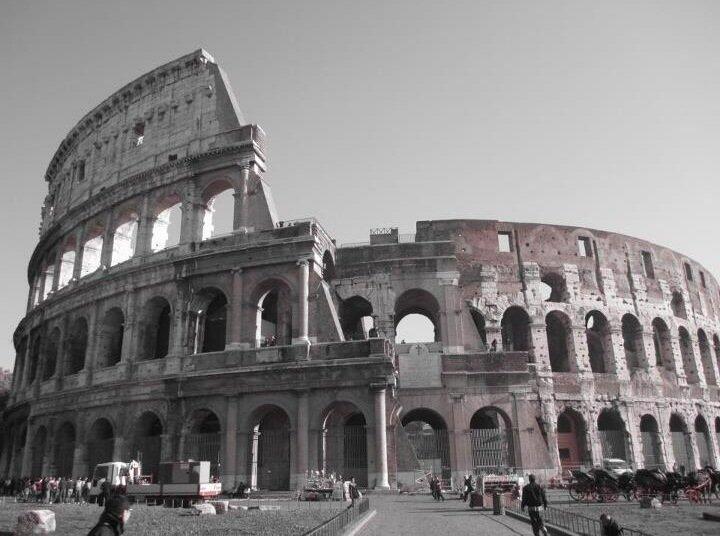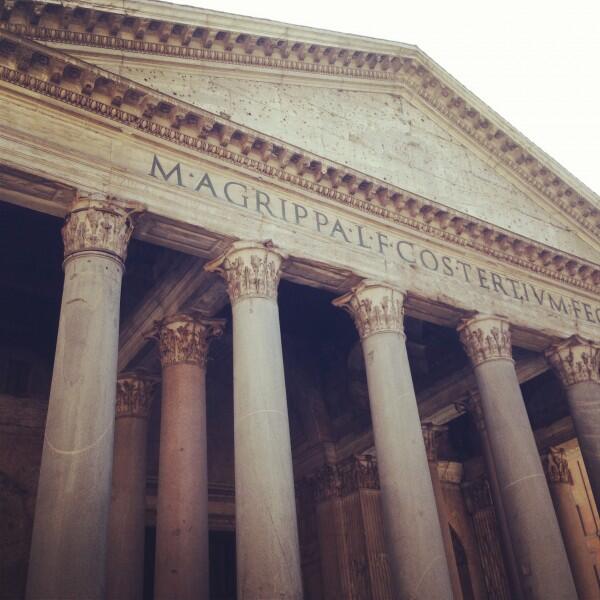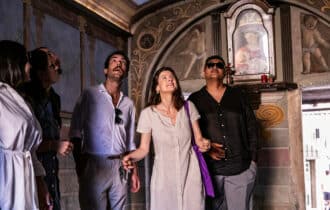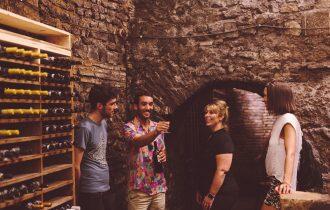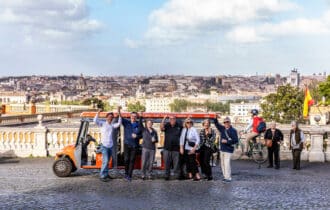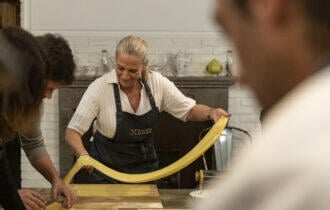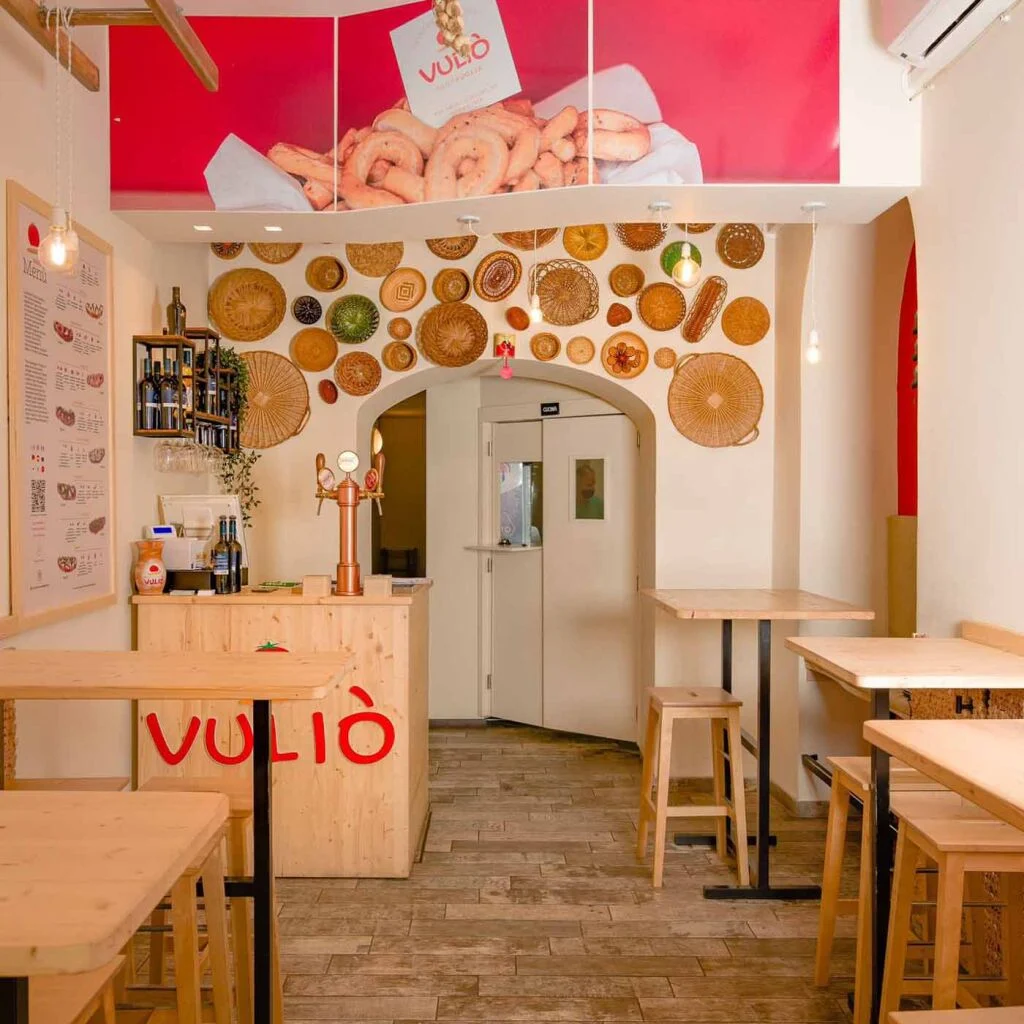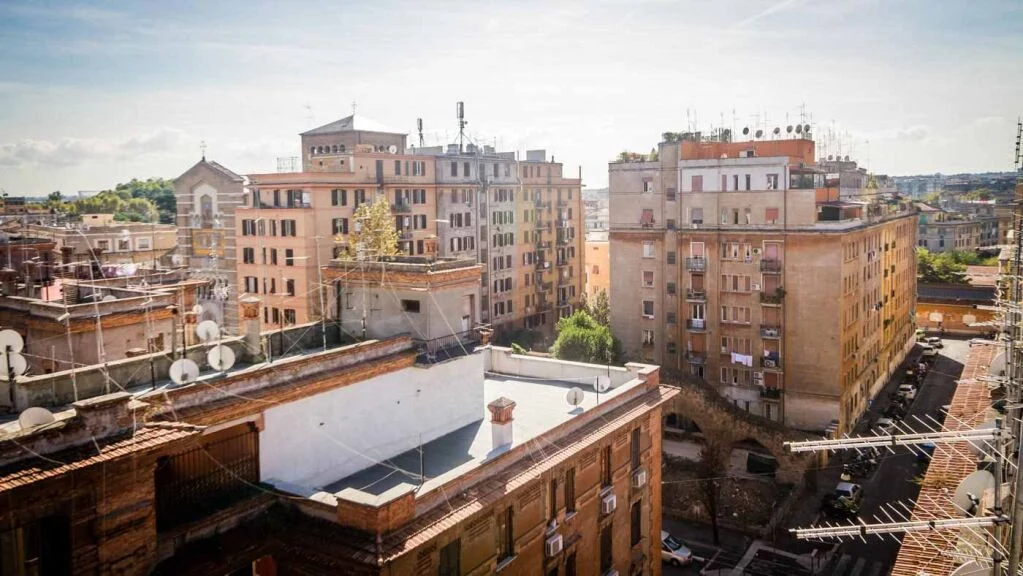It’s impossible to separate the present city of Rome from the past. After all, everything you see around you simply covers up something else built 2000 years ago or so: below street level you can find temples, a baths, restaurants and houses. To try to get a picture of what Rome was like at its height (let’s say under the Emperor Trajan, around 114 AD), first imagine its huge population. Back then, Rome was the capital of the world. And then try to picture the places in the list below as the busy and beautiful places they once were, instead of the broken bits they seem to be today.
The captivating forum.
The Forums
The city of Rome was a sprawling bustling place, and no area of the city was busier than the Roman Forum. This forum was the center of Rome. It was where the major temples of the major gods were located and where the Senate gathered to make its decisions. It was located at the base of the Capitoline and Palatine Hills, where it still is today. The Forum makes the best place to start visiting the sights of Ancient Rome. Buy a ticket at the entrance on Via Fori Imperiali that also covers your entrance to the Palatine Hill and the Colosseum.
Augustus’s Forum and Trajan’s Market
Across Via Fori Imperiali are the Forum of Augustus and Trajan, built to honor each Emperor. Trajan’s Column stands at the end nearest Piazza Venezia, a spiraling piece of art from the ancient world where there are depicted Trajan’s battles with the Dacians—long wars that helped sustain the life of the Empire. Behind the forums is Trajan’s Markets (entrance on Via IV Novembre, 94; mercatiditraiano.it) where you can go to get a glimpse of what a market in Ancient Rome looked like.
The Colosseum
Perhaps the most emblematic building of Ancient Rome, the Colosseum dominates most everyone’s itinerary of the ancient wonders. And with due cause! It’s huge (though it’s own hugeness did not lend it its name—that honor goes to the colossal statue of Nero that once stood outside the arena) and old, built in 81 AD. The Colosseum’s history is gruesome, and if you’re interested in knowing more about the Romans’ games, then I would suggest hiring a guide.
The Palatine Hill
Rising up behind the Roman Forum is the Palatine Hill, the home of the Emperors. This is where the grandest palaces of the city were located, with its sweeping view of the forums on one side and overlooking the Circus Maximus—where the chariot races were held—and the Aventine Hill on the other. A walk around the Palatine Hill can be pleasant as there are usually fewer crowds and more space in which to enjoy the ruins.
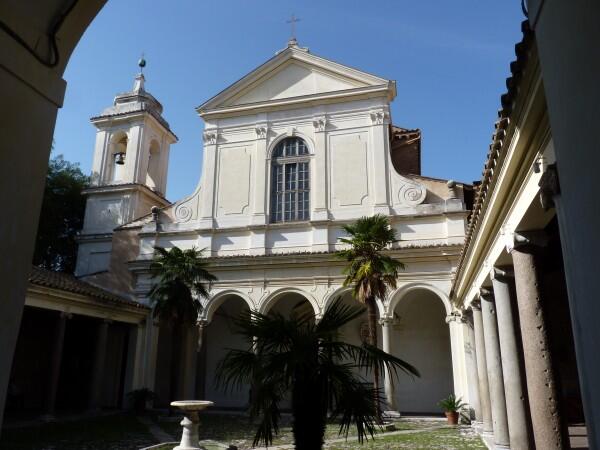
Underground: San Clemente and Santi Giovanni e Paolo
There are two good places to visit if you’re interested in seeing the under layers of Rome: the churches of San Clemente and Santi Giovanni e Paolo. The first is on Via San Giovanni in Laterano and has two underground layers: the first an 8th-century church and the second a mithraeum and Roman houses. Underneath the church of Santi Giovanni e Paolo, located on the Caelian Hill, are some more Roman houses. Both of these places can lend a fascinating insight into what lies below the current city of Rome.
Terme di Caracalla
Located on the Viale of the same name, the Terme di Caracalla were in their day the second largest bath complex. The Romans liked their baths, and they were open to every branch of society despite their obvious luxuriousness. And the Emperor Caracalla certainly spared no expense when he built his! Found on these grounds were some exquisite statues, such as the Farnese Hercules. Another bath complex can be found on Colle Oppio, where the Emperor Trajan built his over Nero’s elaborate Domus Aurea (or Golden Palace).
The Pantheon
This temple was built by Marcus Agrippa under the reign of Hadrian and is one of the most well preserved ancient buildings to be seen in Rome today. The perfect dome and open oculus at the top are still impressive, as are the huge columns out front supporting the porch that were hauled to Rome from Egypt. The Pantheon was taken over by the Catholic Church in the 7th century, which contributed to its preservation.
Broken columns everywhere!
Walking around Rome, you begin to get the feeling that Ancient Rome is everywhere. There are columns built into newer buildings, an enormous mausoleum turned into a defense fort (Castel San’Angelo) and all sorts of other ruins either below ground level or built up. And so the best way to tackle the ancient parts of the modern city is to read a little history and then enjoy a stroll around to see what kind of marvel you can discover.

